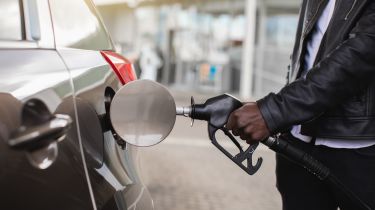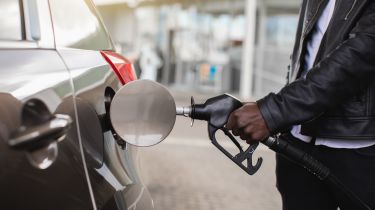UK 2030 Petrol and Diesel Sales Ban Explained
The UK government has reaffirmed its commitment to banning the sale of new petrol and diesel internal combustion engine (ICE) cars by 2030. This move is part of a broader strategy to transition to zero-emission vehicles (ZEVs) and reduce the country’s carbon footprint. However, the details surrounding the ban can be complex, with different deadlines applying to various types of vehicles.
Key Deadlines: 2030 and 2035
From 2030, the sale of new pure petrol and diesel cars will be prohibited in the UK. However, certain hybrid vehicles will be exempt until 2035. Full hybrids, such as the Honda Civic, and plug-in hybrids like the new Toyota Prius, will be allowed to be sold until the later date. Mild hybrids, on the other hand, will not be permitted beyond 2030.
By 2035, all new cars sold in the UK must have zero tailpipe emissions. This effectively means that only electric and hydrogen fuel cell vehicles will be allowed, provided there is sufficient infrastructure to support the latter.

Impact on Consumers and the Market
The ban on ICE vehicles is expected to significantly impact the car market, with manufacturers required to adapt their sales strategies to comply with the new regulations. The UK government has invested £1.3 billion in EV chargepoints and £582 million in grants to support the transition to electric vehicles. However, the lack of financial incentives for private EV buyers has led to sluggish demand, with company car buyers being the primary drivers of EV sales.
Second-hand petrol and diesel cars will not be affected by the ban, and their sale and use will continue as usual. Small-volume manufacturers, such as Ferrari and Aston Martin, will be exempt from the restrictions until further notice, provided they register less than 2,500 vehicles per year in the UK.
Charging Infrastructure and Electric Vehicle Adoption
One of the main concerns surrounding the transition to EVs is the availability of charging infrastructure. Solutions such as kerb-integrated chargers, lamp post charging, and increased charging points at public locations are being developed to address this issue. The average UK motorist drives around 21 miles per day, and modern EVs offer ranges of 200-300 miles on a single charge, making them a viable option for many drivers.
Frequently Asked Questions
- Can I still drive a petrol or diesel car after 2030? Yes, the ban only applies to the sale of new cars. Existing vehicles can continue to be used and sold.
- Will electric cars become more affordable? As manufacturing volumes increase and economies of scale are achieved, EV prices are expected to decrease, making them more competitive with ICE vehicles.
- How will I charge an electric car without off-street parking? Various solutions are being developed, including kerb-integrated chargers and increased public charging points.
The transition to zero-emission vehicles represents a significant shift in the UK’s automotive landscape. While there are challenges to be addressed, the government’s investment in infrastructure and incentives for manufacturers are expected to drive the adoption of EVs in the coming years.



